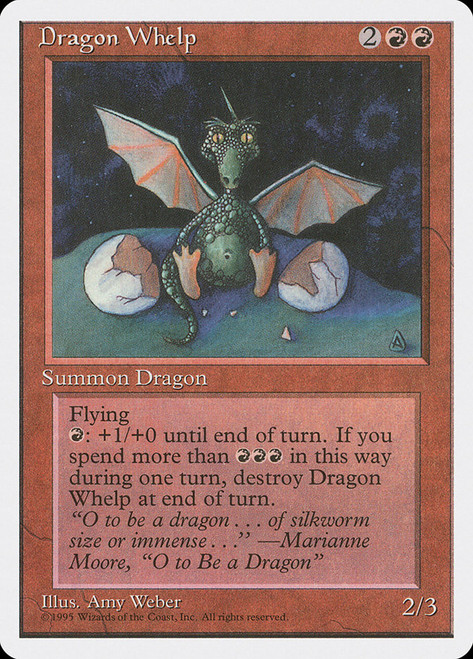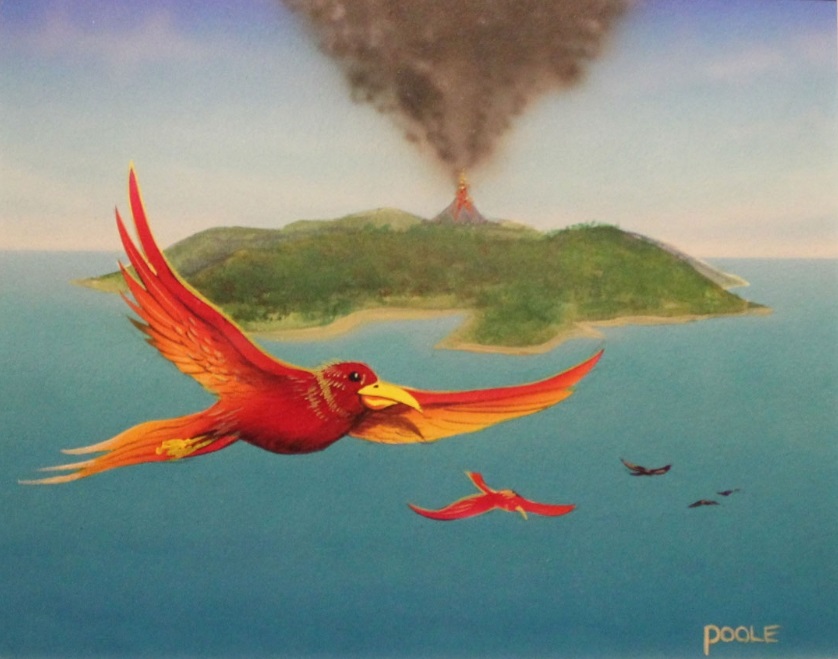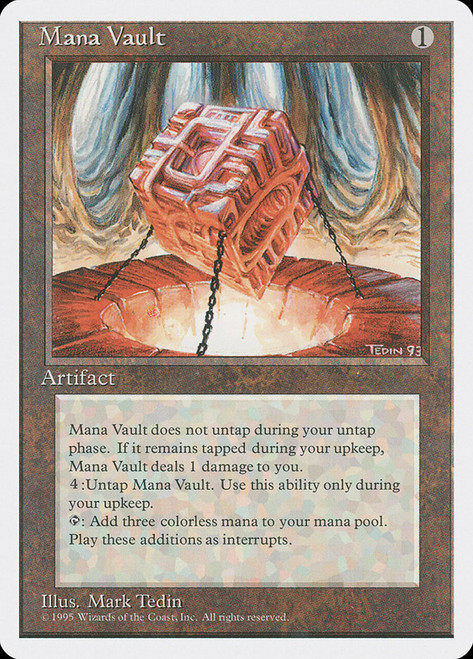Almost three decades ago, in the early days of Magic: The Gathering’s illustrious history, a fascinating story unfolded. Two companies attempted to do business together, only for things to take an unexpected turn. A product never meant to have been released turned into an intriguing chapter in the world of MTG cards – Alternate 4th Edition (sometimes spelled out Fourth Edition). In this article, we’ll delve into the origin of these unique cards and explore what sets them apart from the regular 4th Edition.

How Alternate 4th Edition Happened
Early in Magic: The Gathering’s history, Wizards of the Coast (WotC), the game’s makers, had its cards printed by Belgian firm Cartamundi. While Cartamundi had the unique skills and facilities necessary to pull off the novel challenge of making the world’s first trading card game, shipping the cards to the United States had its own costs and difficulties. Cartamundi executive Peter De Weerdt recalled, “We were literally flying jumbo jets loaded with cards from Belgium to the United States.”
With Magic: The Gathering an early smash success, WotC had great incentive to find a printer in the United States to serve its biggest market. In October 1995, WotC announced it had contracted with the United States Playing Card Company (USPC) to print another of its games, Vampire: The Eternal Struggle. Around the same time, WotC made a deal with a domestic printer, widely believed to be (though never officially confirmed as) USPC, to print Magic: The Gathering cards.

The arrangement didn’t work out, and both parties were to destroy all the cards they had. As Mark Rosewater, Head Designer for Magic: The Gathering, wrote in 2016: “Back in 1995, Wizards was trying a new printer and ran a full run of Fourth Edition. It wasn’t up to Wizards’ standards… to the best of my knowledge, no boxes of this run accidentally made it to the public.”
Rosewater’s statement, while literally true, leaves out a crucial detail: the Alternate 4th Edition cards appear to have reached the public inadvertently through Starter Decks (an older distribution method containing 60 cards), rather than booster boxes.
What Makes Alternate 4th Edition Different?
In 2002, professional Magic: The Gathering player Dan Bock reported his findings about Alternate 4th Edition, which he said he had been trading for and buying “for about 3 years” prior to his announcement. The cards show several major differences compared to regular 4th Edition, most notably:
- Glossier surfaces
- Thicker card stock
- No glow under ultraviolet light
- Lack of the usual dot printing pattern on the back
- Darker blue printing on the word MAGIC on the back, particularly at the top of the letter A
Because Alternate 4th Edition was not discovered right away, examples may remain undiscovered in collections. If you have 4th Edition cards, give yours a check! You just might find a treasure.
What Are Alternate 4th Edition Cards Worth?
As with other Magic: The Gathering cards, the value of Alternate 4th Edition is a matter of supply and demand. A common card (the most frequently printed type) that isn’t used much by today’s Magic: The Gathering enthusiasts and is in Heavily Played (worn) condition, such as Tundra Wolves, can be as little as $0.99.
On the other hand, useful and famous Alternate 4th Edition cards can be much more expensive. For example, Mana Vault, around $54.99 for the regular 4th Edition version in Near Mint condition at the time of publication, costs $299.99 for the Alternate 4th Edition version in the same condition.
To add Alternate 4th Edition flair to your Commander or competitive deck, basic lands offer good value while still being useful. Near Mint examples range between $4.99 and $5.99, with Heavily Played examples as low as $1.99. Just remember to use card sleeves to protect them (and make sure nobody can tell you’re running Alternate 4th Edition cards from looking at the back).
Choose the Alternate
The Alternate 4th Edition cards offer an intriguing piece of early Magic: The Gathering history at relatively affordable prices. They have a cool story backing them, and basic lands in particular give collector-players a chance to show them off and tell it again and again.
As for WotC and USPC, one last twist was in store. After a 2019 buyout, USPC became a subsidiary of Cartamundi, which still prints Magic: The Gathering cards, now in the United States as well as Belgium.
Ready to start collecting Alternate 4th Edition? Start here with Star City Games!


